Photographs: Reuters Kunal Bose
At the zenith of his success in capacity consolidation marked by acquisition of Arcelor in June 2006, and, in the process creating a steel behemoth of over 100 million tonnes (MT) capacity, Lakshmi Mittal, credited with spotting opportunities ahead of his peers, used to say that his squaring the circle would be complete with his setting foot in China and India.
Even before the creation of ArcelorMittal, a watershed in terms of breaking European protectionist barriers to steel investment, the world knew Asia would be the metals principal growth centre.
This reality led Mittal to explore opportunities in China starting 2005 by buying a controlling stake in Hunan Valin Iron & Steel. As it would happen, Beijing's first sector specific industrial policy for steel that year announced restricted foreign direct investment in Chinese steel companies.
...
Is ArcelorMittal winning or losing ground in China?
Photographs: Reuters
As expected, the Mittal proposal of owning a majority stake in Hunan Valin did not find favour with China's National Development and Reform Commission (NDRC). This, no doubt, disappointed Mittal who had to settle as the second largest investor in Hunan Valin.
Everyone, back then, thought Mittal would be biding his time for controlling interest in the company and then uses it as a platform to own a swathe of Chinese steel capacity in course of time.
If any such Mittal ambition was there that has now become unravelled with the two groups agreeing to an arrangement by which ArcelorMittal will reduce its ownership of Hunan Valin to 10.07 per cent over two years.
Is ArcelorMittal winning or losing ground in China?
Image: An employee works at a steel factoryPhotographs: Reuters/Stringer
As ArcelorMittal shareholding is to be whittled down, a very large percentage of capital gains from the process will be invested in VAMA, a downstream joint venture engaged in production of value added steel for use by Chinese automotive industry.
Rather than seeing this recalibration of ArcelorMittal shareholding in Hunan Valin Steel and VAMA as a dramatic scaling back of China ambition for Luxe-mbourg based MNC, which produced 91.9 MT of steel last year, it is in the nature of respecting the message coming from Beijing high-ups.
The development, no doubt, means ArcelorMittal has been stopped, at least for the time being, in its track to pursue the perceived ambition of building a profile in Chinese commodity steel.
Is ArcelorMittal winning or losing ground in China?
Photographs: Reuters/Stringer
At the same time, scaling down of Valin Steel ownership has created a condition for ArcelorMittal to ramp up its shareholding in VAMA to 49 per cent from 33 per cent as the JV is to invest $800 million to increase capacity by 25 per cent to 1.5 MT.
The scaling down of foreign ownership of Hunan Valin, which, through mergers has come to own 22 MT capacity, at this point is somewhat confounding.
This is because the development took place in less than seven months of announcement of Chinese programme for steel industry as part of the 12th five year plan.
<P></P>Is ArcelorMittal winning or losing ground in China?
Photographs: Reuters
The defining point of the programme is a call for liberalising the sector in a way so as to encourage leading world steel companies to buy shares in local steel companies.
Whatever it is, China primarily wants foreign steel groups to tango with local units in making of industry downstream products calling for application of technologies not internally available.
Foreign participation in steel R&D and improvement in production processes leading to cost efficiency are also welcome. Hunan Valin issue is not the first time ArcelorMittal found the Chinese establishment behaving in an adversarial manner.
Is ArcelorMittal winning or losing ground in China?
Photographs: Vincent Kessler/Reuters
Not long after it disappointingly settled for second largest shareholder slot in Hunan Valin, the NDRC rejected ArcelorMittal move to buy shares in Shandong based Laiwu Steel and acquire privately owned Orient Holdings.
Others too did not have luck in their pursuits to own commodity steel producing Chinese groups. To cite an example, Evraj Steel of Russia came a cropper in its pursuit of Delong Steel.
It looks like the more the Chinese leaders talk about steel liberalisation, things remain the same, at least for commodity steel. The challenge for China is to rid the industry of inefficient and polluting mills and encourage capacity consolidation.
Is ArcelorMittal winning or losing ground in China?
Photographs: Reuters
Nippon Steel of Japan and South Korean Posco are scoring success by focussing on major value added steel areas in China.
Posco, topping the list of foreign steel investors, is owning 82.5 per cent of a 1 MT stainless steel unit there as it is rapidly expanding its China profile in the automotive steel sector through JVs where it retains majority ownership.
Nippon has the distinction of being the silicon steel major in China, in partnership with Wuhan Iron. It also has a major presence in automotive sheet metal in a tie-up with Baosteel.
...
Is ArcelorMittal winning or losing ground in China?
Photographs: Jean-paul Pelissier/Reuters
At this stage of China's steel development, what the country needs most are high-end technologies of which Europe, Japan and South Korea are the repositories.
China favours JVs in preferred areas of value added steel making. This chosen route is ensuring quick flow of technologies from foreign partners and their regular updating to China's advantage.
In India too, we are equally keen to gain access to technologies for making hot metal using iron ore fines and non-coking coal and for varieties of steel for which we are import dependent, says SAIL chairman CS Verma.

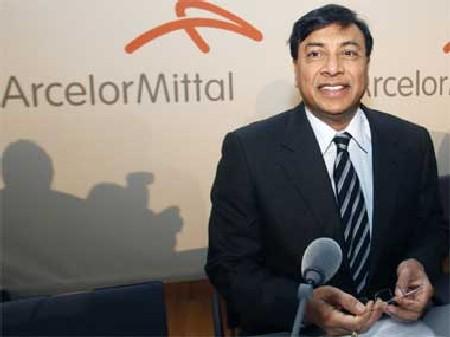
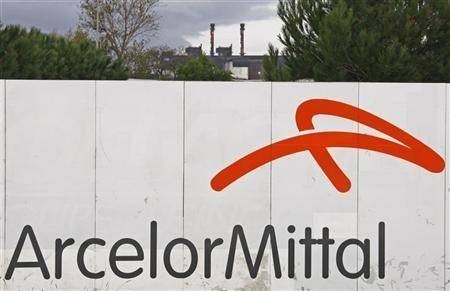
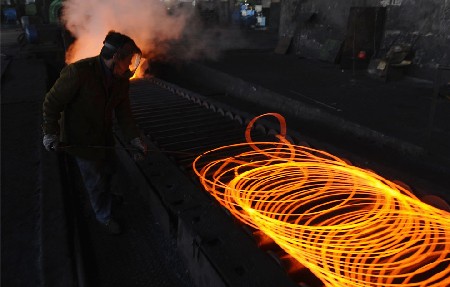
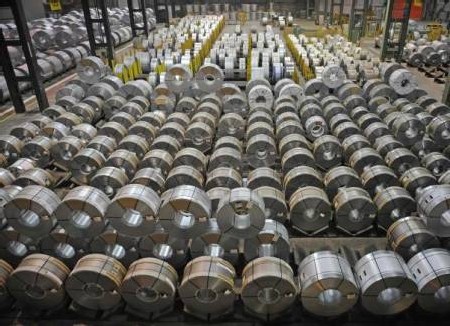

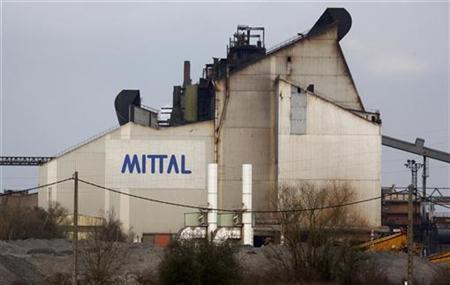



article